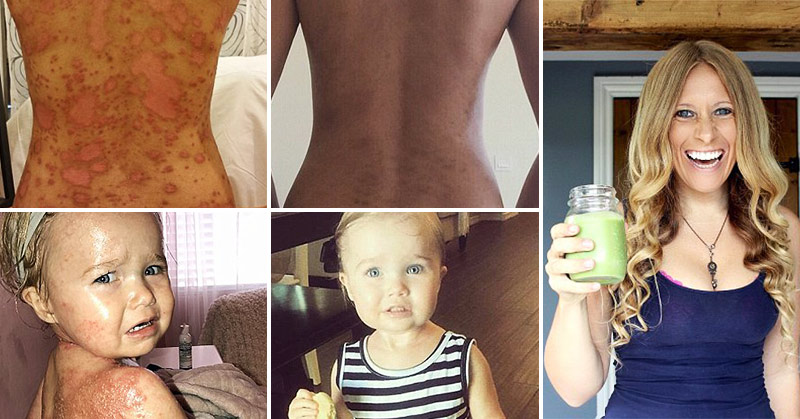Eczema is one of the most common health conditions in America, afflicting 31.6 million people across the country. (2) This means that over ten percent of the American population has at least one of the eight types of this skin condition, characterized by dry, itchy, scaly, thick skin that often is covered in blisters and painful lesions. (1, 2) The degree of severity of eczema varies among its sufferers, but for all makes living a normal life uncomfortable, embarrassing, miserable, and in some cases impossible.
There are many medicated creams on the market to treat eczema, however, these mostly treat just the symptoms and not the cause itself and provide only temporary relief. Thankfully, many eczema sufferers have been discovering that treating from the inside by way of dietary changes and certain healing foods, has led to a much more effective and longer lasting relief. One of these people is Hanna Sillitoe, and this is her story.
Hanna’s Story

At the age of 35, Hanna’s life was a constant struggle. Her twenty-year fight against eczema had become so bad that the raised red bumps that covered her knees, legs, elbows, arms, back, and stomach would even spread onto her scalp and eyelids. She was in so much pain that she would often wrap as much of her skin as she could in plastic wrap before getting dressed to prevent her clothes from rubbing against her raw, rashed skin.
“As well as skin problems, I suffered recurring urinary tract infections, my blood pressure was dangerously high, I was overweight and permanently exhausted,” Hanna recalled to The Daily Mail. After every cream and ointment available failed her, she was told that her only medical option left was chemotherapy. Before going through with it, however, she began reading online about diet can have a big influence on eczema, and how using anti-inflammatory foods can improve overall health.
Hanna took what she learned and came up with her own diet, cutting out dairy, wheat, sugar, caffeine, and alcohol. “I cleared my psoriasis, eczema, and acne, and lost five stone in weight without trying,” Hanna reports, “my recurring kidney infections disappeared, my bleeding gums healed and my energy levels bounced through the roof.”
Read More: Scientists Are Figuring Out What Happens in The Skin When You Have Eczema
Hanna is Now Helping Others Regain Their Lives Back

After her dramatic improvements and a massive boost to her overall quality of life, Hanna decided she needed to share her story with the world. She started blogging about her diet and its results, and eventually wrote a book that has sold over 5,000 copies and helped hundreds find relief from the painful symptoms of eczema. Hanna’s book and blog have helped toddlers and children as well as adults live normal lives.
How Diet Heals Eczema

Recent research suggests that eczema is an autoimmune disease, in which your body’s immune system confuses healthy skin cells with dangerous invaders and attacks, resulting in bumpy, red, itchy, painful sores and rashes that often ooze and sometimes even bleed. It is in large part an allergic disease – all eczema patients test positive for allergies, and 80% have elevated levels of IgE, an allergic antibody – which is why until you address the problems that are causing it (i.e. the allergens that trigger the flare-ups), no amount of creams or medications will solve the problem. (1, 2, 3)
While there are many external triggers, such as pollen, cleaning and laundry products, and even hot showers or stress, one of the largest factors that cause outbreaks is certain foods. Inflammatory foods, common food allergens, and the resulting gut dysfunction caused by those foods will put sufferers in a nearly constant state of outbreak. (4, 5, 6, 7, 8)
What is Hanna’s Diet
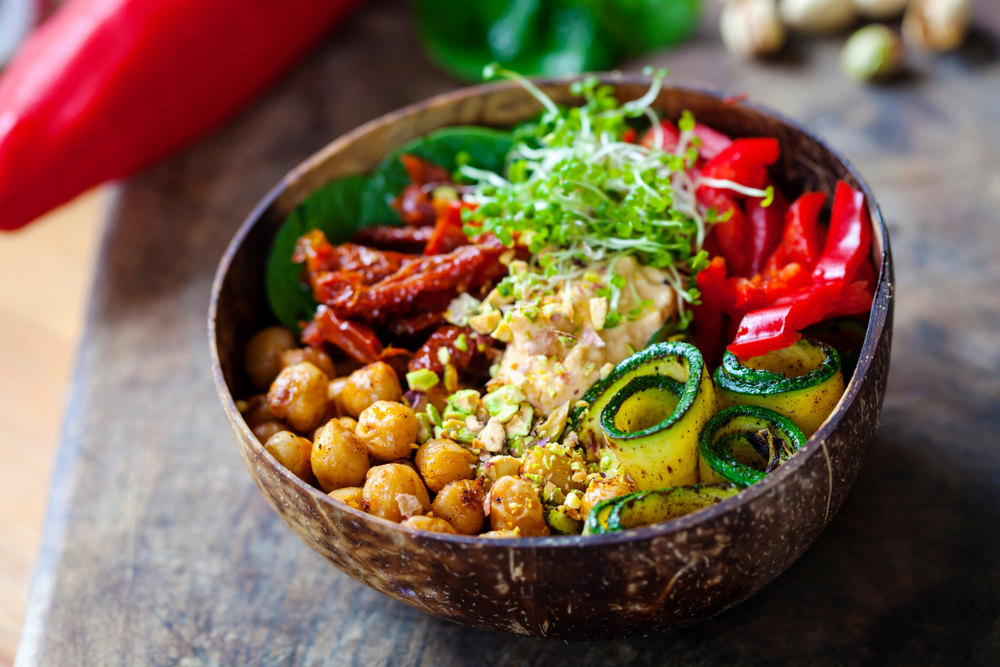
In short, Hanna’s diet involves eating unprocessed, whole foods, plenty of vegetables, homemade juices, and drinking lots of water. What she wants to make clear is that the diet may look slightly different from person to person, depending on what your triggers are and the quality of the food that you have available to you.
Foods to Avoid
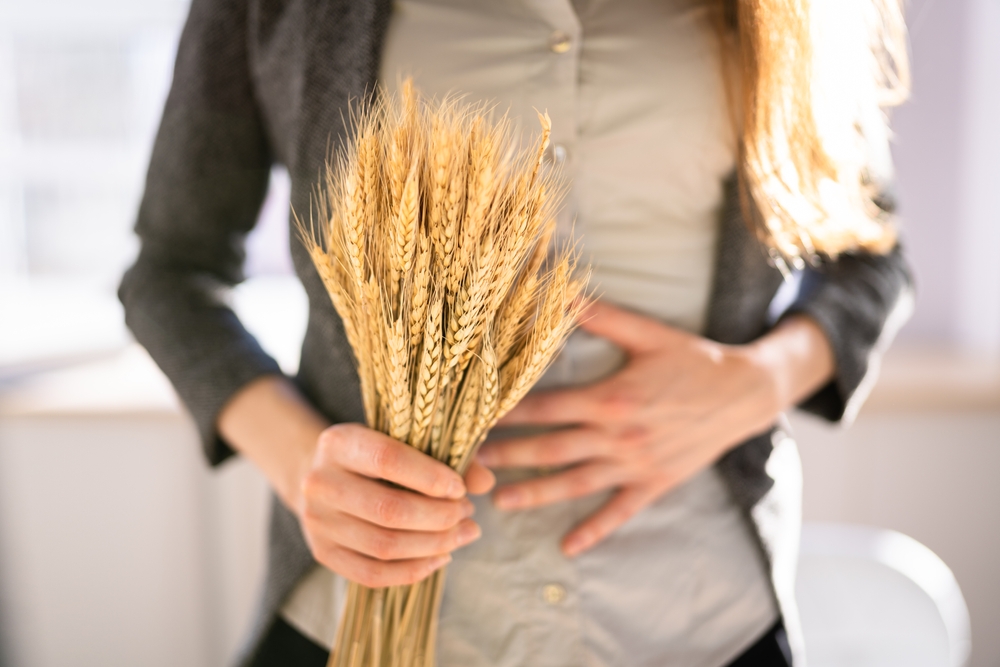
Typically, an anti-eczema diet will involve avoiding allergens, which one or more of the following:
- Wheat
- Dairy
- Sugar and synthetic sugar alternatives
- Caffeine
- Alcohol
- Meat
- Nightshades
- Eggs
- Peanuts
- Soy
- Other grains (including rice, oats, corn, and quinoa)
Just because you have eczema, doesn’t mean you will necessarily have to cut out all of these foods. You will most likely have to experiment with an elimination diet until you discover what your triggers are. Hanna found that for her, eating a largely vegetarian/vegan diet worked best. She avoids processed foods and the ingredients that come with them (sugar, sugar alcohols, soy, corn, and other chemical ingredients), as well as wheat, dairy, most nightshades, eggs, caffeine, and alcohol.
Read More: Do Apple Cider Vinegar Baths Help Eczema?
Foods to Include
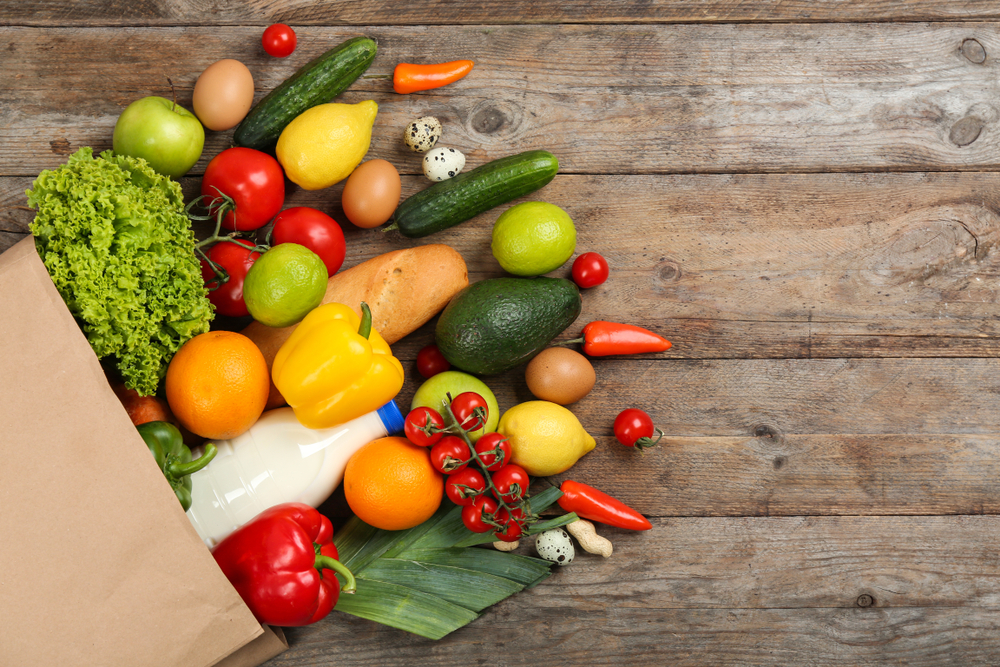
At this point, the anti-eczema diet may seem quite overwhelming and next to impossible. This is the myth that Hanna aims to dispel through her book and blog, reminding you that there are still hundreds of foods you can eat, and with a little bit of help from her, you can still eat delicious meals, snacks, and even desserts and genuinely enjoy your food every day.
Foods that you can still eat plenty of include:
- Green vegetables: Think kale, spinach, zucchini, cucumber, arugula, broccoli, brussel sprouts, you name it you can most likely eat it! Not only do these veggies come packed with nutrients and antioxidants, but they are also highly anti-inflammatory and will counteract the inflammatory condition of your skin.
- Other vegetables: Cauliflower, mushrooms, onions, garlic, cabbages, carrots, celeriac, artichokes… all of these vegetables can be versatile and fun. Think meals including cauliflower rice or mushroom “meatballs” – the more creative you get, the more fun it can be.
- Squashes and Sweet Potatoes: Get your healthy carb fix with squashes (pumpkin, butternut, acorn, buttercup, etc) and sweet potato. These traditionally fall and winter veggies are pumped full of beta-carotene and other skin-healing nutrients, and can make the best soups, stews, salads, and even cakes, brownies, and puddings you’ll ever eat!
- Beets: Beets tend to be a rather polarizing root, however if you are previously turned off by their earthy flavor, I implore you to give them another shot. There are so many ways to eat them, I am sure you can find a way that you like.
- Healthy fats: Avocado, olives, various nuts, seed butter (allergy dependent), and coconut, all of these good-for-you fats are beneficial for your skin, gut, and other organs. Quite literally, healthy fats help keep your body running like the “well-oiled machine” that it should be.
- Fermented Foods: Aside from removing the foods from your diet that are damaging your gut and causing painful eczema outbreaks, the probiotics in fermented foods such as kombucha, sauerkraut, kimchi, and kefir (there are dairy-free versions) help to heal your gut and your skin. (6, 7, 8)
- Herbs and Spices: There is no better way to flavor your food than with antioxidant-packed, anti-inflammatory herbs and spices. Some of the major players in this category are turmeric, cinnamon, cayenne, cloves, ginger, sage, and rosemary.
- Fruits: Though your primary focus should be vegetables, fruits are not off-limits! Fruits, dried fruits, and other natural sugars such as honey are not off limits and should be enjoyed, as they have plenty of skin-healing and anti-inflammatory benefits of their own.
Things to Consider
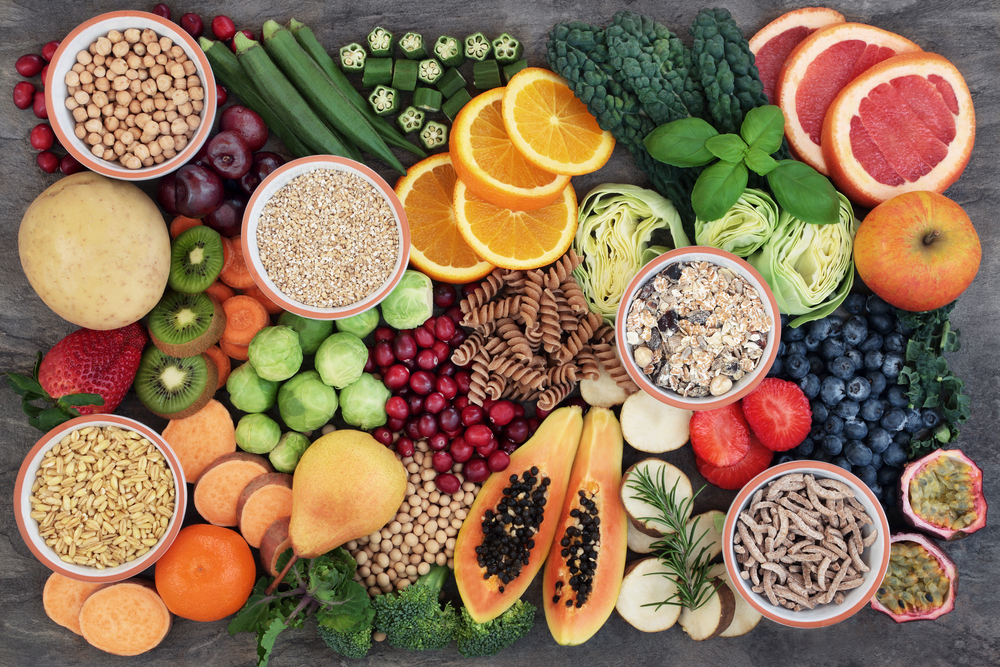
As always, keep in mind that you are unique, and not every food that agrees or doesn’t agree with someone else will work for you. Be mindful if purchasing things such as dairy-free milk, as they can sometimes have additives that might not be suitable, and always opt for an unsweetened version.
In her book and on her blog Hanna reminds you that the healing will take time and changing your diet does not equal immediate results. In her experience, it took nearly a month before she really began to see results, with her condition actually worsening in the first week or two. Keep a journal or food log where you track your skin’s appearance. This will not only help you identify trigger foods, but it will also help you to follow along with your progress and notice the subtle changes, however small, at the beginning. Be patient, it will work.
Other Triggers
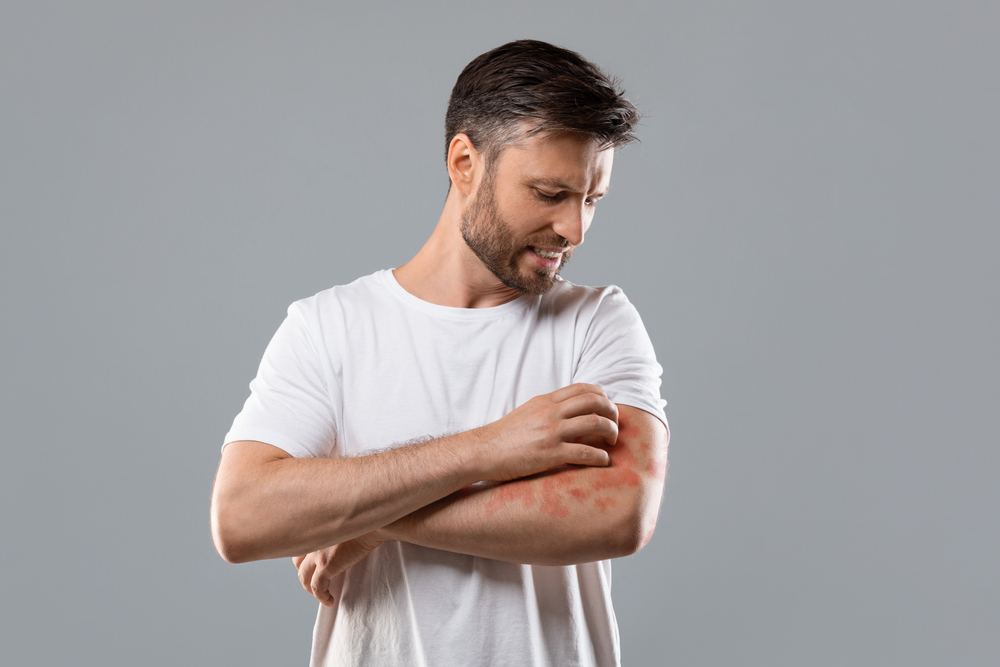
Beyond food, there are other factors that can cause eczema outbreaks to be mindful of and track. These include (2,3):
- Soaps, detergents, shampoos, and other cleaning products
- Makeup, moisturizers, other toiletries
- Stress
- Certain fabrics
- Pesticides and herbicides
- Other environmental pollutants
This is again where being mindful and keeping a skin journal is helpful. If you experience an outbreak despite not having any dietary slips or changes, you can look to other external and environmental factors to determine the cause. Are you going through a particularly stressful time at work or home? Have you bought any new clothes or made changes to your usual self-care or cleaning products? Any and all environmental changes can affect your skin, so remember not to panic and make the changes necessary to get you back on track.
The Bottom Line

You have to heal yourself on the inside before you will see a difference on the outside. Though completely overhauling your diet may seem daunting at first, with the help of people like Hanna, thousands of eczema sufferers are regaining their lives and their self-confidence, and you can too.
Read More: How A Dietary Change Became One Woman’s Long Searched Answer For Eczema
Sources
- Murray, M. and Pizzorno, J. (2012). The Encyclopedia of Natural Medicine. 3rd ed. New York: Atria Paperback, pp.582-585.
- Eczema Symptoms | Causes | Treatments | Types | Triggers. (n.d.). Retrieved December 07, 2017, from https://nationaleczema.org/eczema/
- Eczema Prevalence, Quality of Life and Economic Impact. (n.d.). Retrieved December 07, 2017, from https://nationaleczema.org/research/eczema-facts/
- Natural History of Food-Triggered Atopic Dermatitis and Development of Immediate Reactions in Children. (2015, November 17). Retrieved December 07, 2017, from https://www.sciencedirect.com/science/article/pii/S2213219815004389
- Beattie, P. E. (2015, June 01). Adverse food reactions in patients with atopic eczema. Retrieved December 07, 2017, from https://www.ingentaconnect.com/content/bdng/dn/2015/00000014/00000002/art00001
- West, C. E., Rydén, P., Lundin, D., Engstrand, L., Tulic, M. K., & Prescott, S. L. (2015, August 24). Gut microbiome and innate immune response patterns in IgE‐associated eczema. Retrieved December 07, 2017, from https://onlinelibrary.wiley.com/doi/10.1111/cea.12566/full
- Drago, L., & Toscano, M. (2016, June 14). Probiotics: Immunomodulatory properties in allergy and eczema. Retrieved December 07, 2017, from https://moh-it.pure.elsevier.com/en/publications/probiotics-immunomodulatory-properties-in-allergy-and-eczema-2
- How do Microbiota Influence the Development and Natural… : The Pediatric Infectious Disease Journal. (n.d.). Retrieved December 07, 2017, from https://journals.lww.com/pidj/Citation/2016/11000/How_do_Microbiota_Influence_the_Development_and.22.aspx
